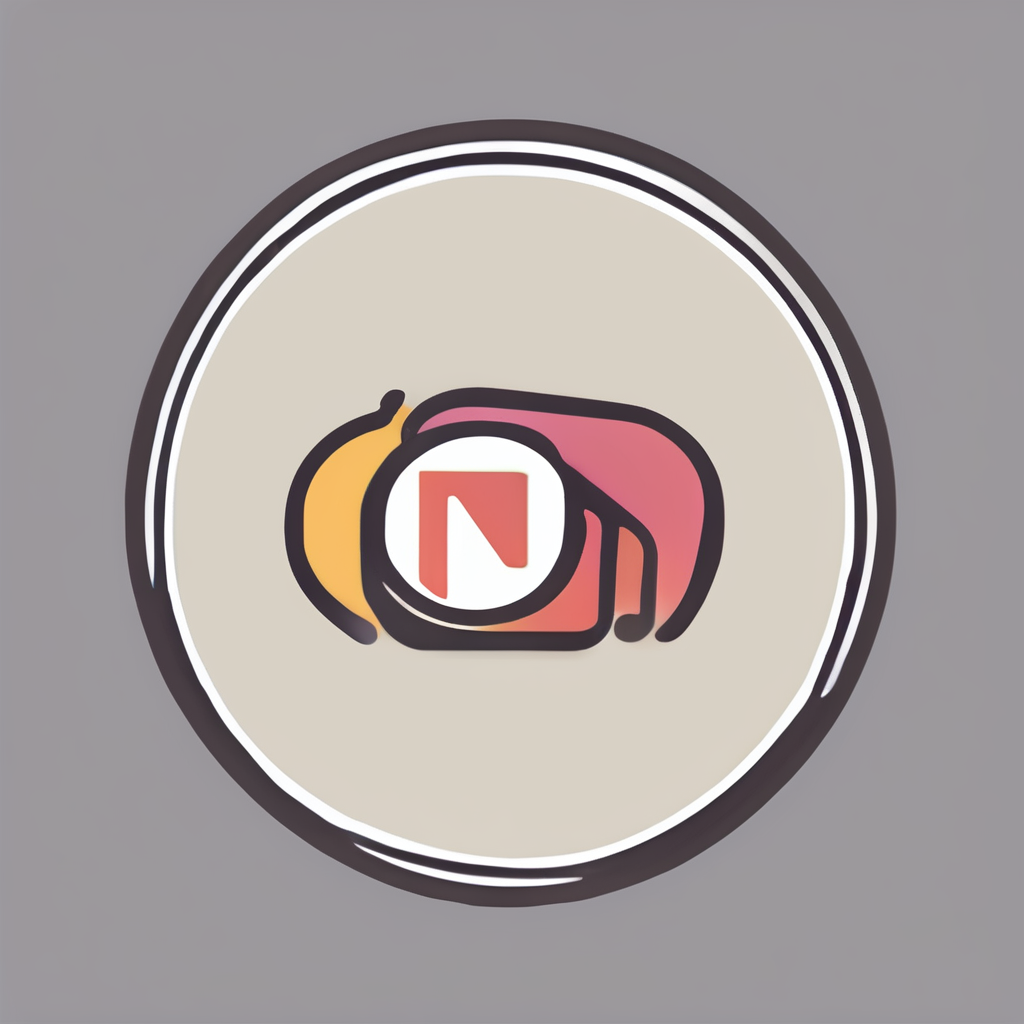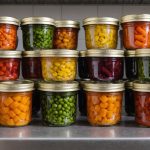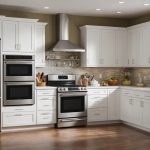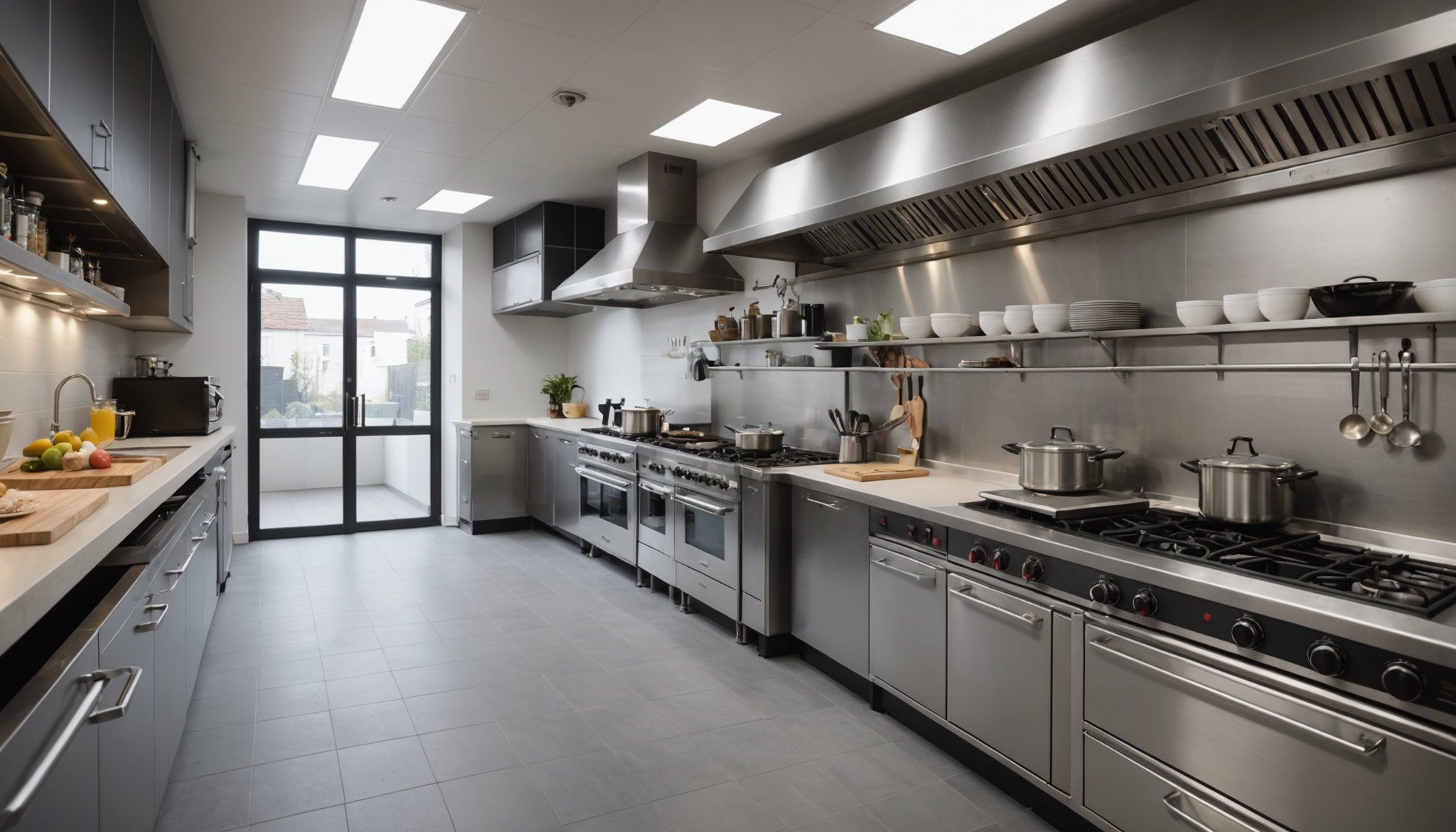In the heart of every home, the kitchen serves as a culinary haven where tantalizing aromas and cherished recipes come to life. Yet, amid the warmth and allure of this space, ensuring proper ventilation remains crucial for both safety and comfort. With UK homes increasingly becoming compact and energy-efficient, understanding the nuances of maintaining a well-ventilated kitchen is paramount. This article delves into the essentials of kitchen ventilation, offering insightful tips to maintain a safe and efficient cooking environment, whether in a cozy domestic setting or a bustling commercial kitchen. As we embark on this exploration, brace yourselves for a comprehensive journey into the world of kitchen ventilation.
Understanding Kitchen Ventilation
We often find ourselves drawn to the rhythmic sizzle of frying pans or the aromatic dance of herbs wafting through the air. However, without efficient kitchen ventilation, these pleasures can quickly turn into unwelcome moisture and lingering odors. Understanding the principles of kitchen ventilation is crucial to ensuring a safe and enjoyable cooking experience.
Also read : What are the latest innovations in kitchen appliances available in the UK?
The Role of Ventilation
In essence, proper ventilation involves the circulation of fresh air into a space while expelling stale, moisture-laden air out. In kitchens, this process helps mitigate the accumulation of steam, grease, smoke, and odors, which can contribute to dampness and even structural damage over time.
Why It Matters
A well-ventilated kitchen is not just about comfort—it’s also about safety. Adequate ventilation helps in:
This might interest you : What are the best ways to incorporate smart storage solutions in a UK kitchen?
- Removing Moisture: Excessive moisture can lead to mold and mildew, which not only damage surfaces but can also affect your health.
- Reducing Odors: Persistent cooking smells can be overwhelming and difficult to eliminate without proper ventilation.
- Ensuring Safety: Removing smoke and steam helps prevent accidents and keeps the cooking space clear.
Understanding the role of kitchen ventilation sets the stage for discussing how we can better equip our kitchens with the right tools.
The Importance of Cooker Hoods and Fans
A critical component of any kitchen’s ventilation system is the cooker hood. These appliances are designed to capture and remove airborne particles generated during cooking. Let’s explore the different options available and how they contribute to a well-ventilated kitchen.
Types of Cooker Hoods
Cooker hoods come in various styles and functionalities, ranging from under-cabinet models to chimney and island hoods. Each type is designed to cater to different kitchen layouts and cooking styles.
- Ducted Hoods: These systems vent air outside, ensuring moisture and odors are effectively expelled from the kitchen.
- Recirculating Hoods: Ideal for homes without external venting options, these hoods filter air through charcoal filters before releasing it back into the kitchen.
Benefits of Using Cooker Hoods
Using a cooker hood offers numerous benefits, including:
- Enhanced Air Quality: By trapping and removing pollutants, cooker hoods significantly improve indoor air quality.
- Increased Safety: Hoods reduce the risk of grease fires by removing grease particles from the air.
- Reduced Cleaning: Efficient hoods minimize grease build-up on walls and fixtures, lessening cleaning efforts.
Integrating these tools into your kitchen setup can revolutionize your cooking experience, ensuring a clean and healthy environment.
Creating a Comprehensive Ventilation Strategy
While cooker hoods play a pivotal role, they represent just one element of a robust kitchen ventilation strategy. By combining multiple techniques, we can achieve optimal air quality and moisture control.
Natural Ventilation
Incorporating natural ventilation methods can complement mechanical systems.
- Windows and Doors: Opening windows and doors during and after cooking can help disperse smoke and steam.
- Cross Ventilation: Aligning openings on opposite walls encourages a natural flow of fresh air through the kitchen.
Supplemental Fans
Using additional fans can enhance air circulation.
- Ceiling Fans: These can help distribute air evenly across the kitchen, preventing hot spots and discomfort.
- Portable Fans: Placing these strategically can help direct smoke and odors away from sensitive areas.
Regular Maintenance
Maintaining your ventilation system is just as important.
- Cleaning Filters: Regularly clean and replace filters to ensure the efficiency of cooker hoods.
- Inspecting Ducts: Check for any blockages or leaks in ducted systems to maintain optimal performance.
By integrating these various approaches, we create a comprehensive strategy that ensures a comfortable and healthy cooking environment year-round.
Special Considerations for Commercial Kitchens
For those managing commercial kitchens, the stakes are even higher when it comes to maintaining proper ventilation. The bustling environment demands a more robust approach to handle the increased volume of cooking and air circulation requirements.
Understanding the Demands
Commercial kitchens face unique challenges because:
- High Volume Cooking: Increased cooking activities produce more smoke, grease, and odors.
- Larger Spaces: Ventilation systems must cover extensive areas efficiently.
Solutions for Commercial Ventilation
Solutions are available to meet these demands:
- Heavy-duty Hoods: Larger, more powerful cooker hoods with greater extraction rates are necessary to handle the volume.
- Advanced Filtration: Systems with advanced filters capture a higher percentage of particulates and impurities.
Regulations and Compliance
It is imperative to comply with local regulations:
- Health and Safety Standards: Ensure ventilation systems meet health standards and fire safety regulations.
- Regular Inspections: Scheduled inspections and maintenance checks are vital to prevent hazards.
Managing ventilation in commercial kitchens requires a thorough understanding of the space’s demands and the implementation of appropriate solutions to maintain a safe and efficient environment.
In our quest for the perfect kitchen environment, ensuring proper ventilation emerges as a cornerstone of both safety and comfort. Whether in the intimate setting of a home kitchen or the bustling energy of a commercial culinary space, understanding the essentials of ventilation is pivotal. By incorporating cooker hoods, leveraging natural airflow, and adhering to a comprehensive maintenance plan, we can create spaces where cooking is not only an art but a safe and enjoyable experience. As we wrap up this exploration, remember that a well-ventilated kitchen is a testament to both our commitment to safety and our unwavering passion for culinary excellence.











